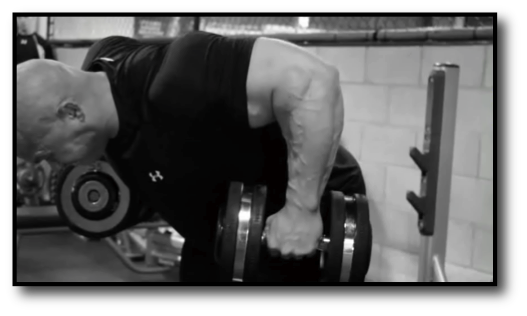Interview Q&A Series with Ben: Optimizing Focus & Energy Without Stimulants
Question: “What are neurotransmitters and why are they important? How can I optimize them to improve my training?” Your neurotransmitters ...

Question: “What are neurotransmitters and why are they important? How can I optimize them to improve my training?” Your neurotransmitters ...
Of the major neurotransmitters, acetylcholine just might be the most important from a muscle building standpoint. As a major neurotransmitter ...
In an industry largely built on shams and deception, how can you be sure you’re not wasting your hard-earned cash ...
In this day and age, exercise and general health have become not only a trend but a necessity. Townships and ...
Why Should You be eating Resistant Starch? RS is a starch that when digested in the large intestine, leads to ...
There are essential fatty acids, and there are essential amino acids, but there are no essential carbohydrates – our body ...
BPak breaks down the muscle mechanics behind various lat isolation exercises so that you can grow wings!
Want bulging biceps? Here are Ben's top execution tips for packing muscle on those guns!
The best leg raise movements for the abs, and the best pointers you need for maximizing their effectiveness!
It is important to keep in mind that these 10 key suggestions for Quad training will fly in the face ...
